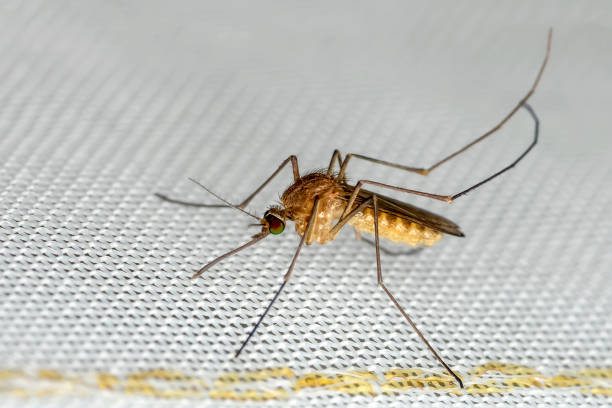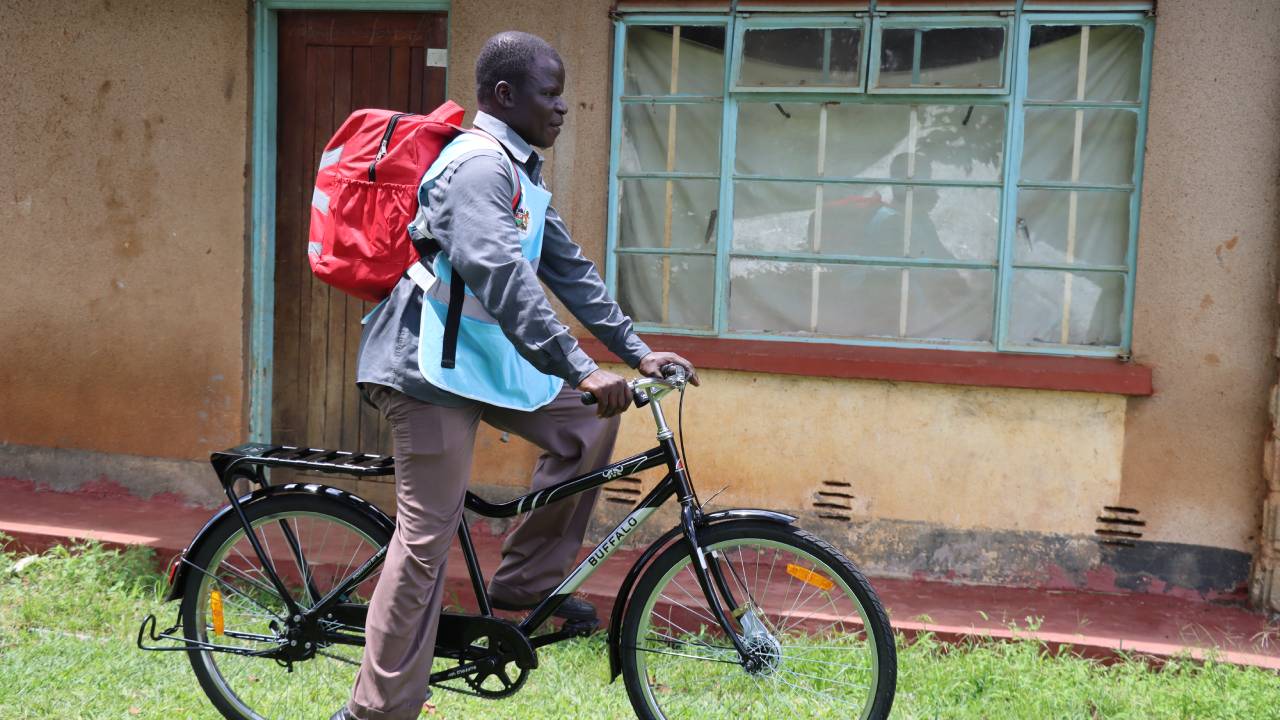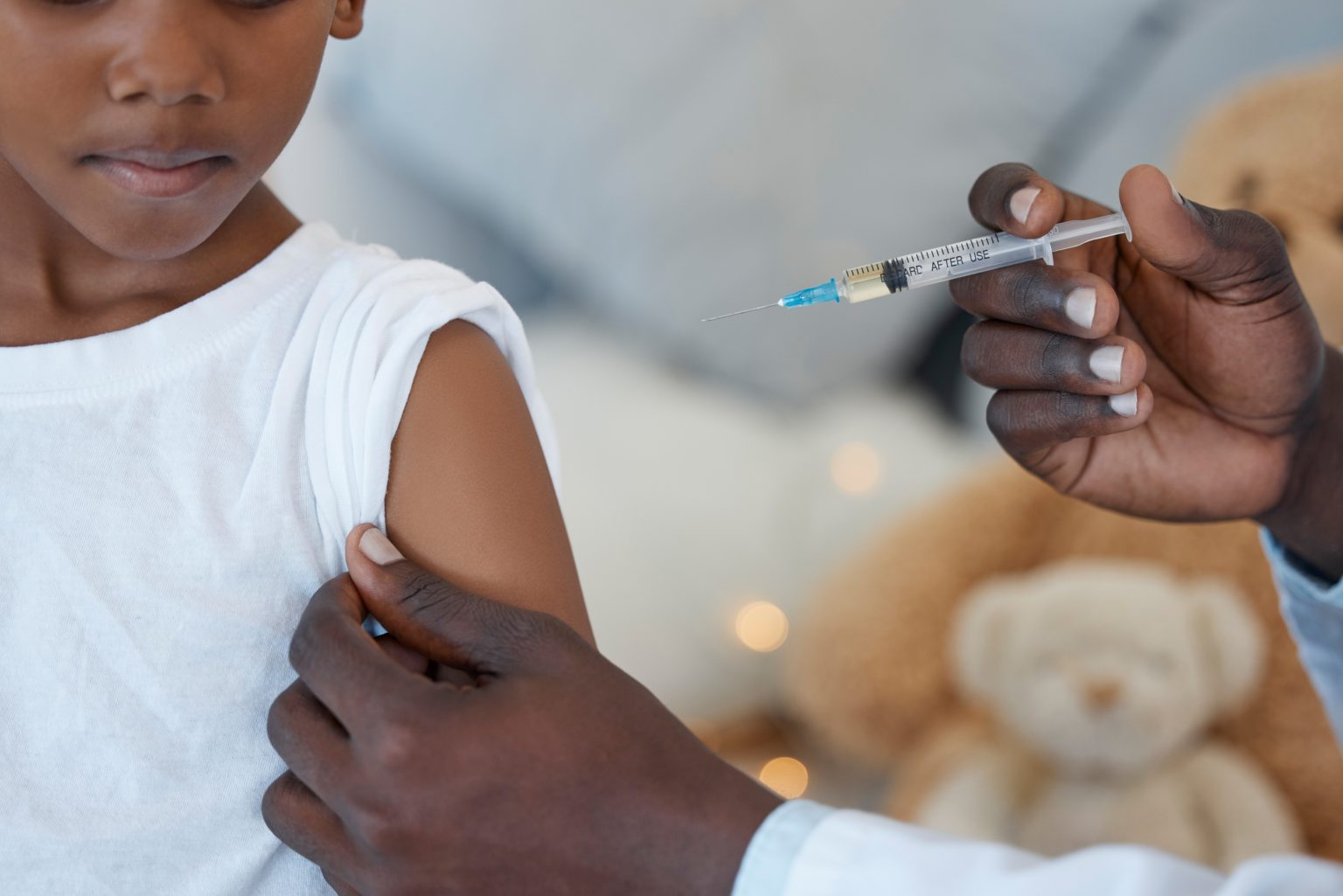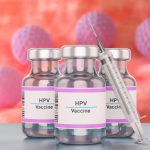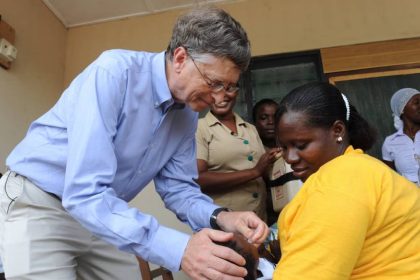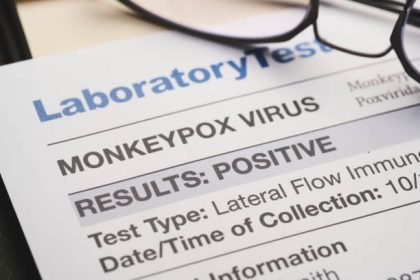The drug, ivermectin, kills mosquitoes that bite treated humans die, breaking the cycle of transmission in groundbreaking study
A revolutionary malaria drug trial in Kenya’s Kwale County has found that giving whole communities ivermectin, a common antiparasitic drug, significantly cuts malaria cases by a quarter. The secret? Mosquitoes that bite treated humans die, breaking the cycle of transmission.
The drug also showed additional benefits: Fewer cases of scabies, head lice and bed bug infestations.

This landmark trial was led by the Kenya Medical Research Institute (KEMRI) and the study published in the July 2025 issue of the New England Journal of Medicine where the findings of the BOHEMIA trial (Broad One Health Endectocide-based Malaria Intervention in Africa) was found to cut malaria cases by 26 per cent.
In human beings, ivermectin treats river blindness spread by black flies, Elephantiasis, stomach worms and scabies using pills. In animals, it’s given as liquid shots for deworming livestock, cats and dogs.
The Phase III Trial offers fresh hope amid growing resistance to traditional mosquito control methods, Prof Elijah Songok, Acting Director General of KEMRI says, “We are very excited that ivermectin, which has long been effective against parasitic diseases, now shows great potential in the fight against malaria and other neglected tropical diseases.”
The drug stays in the blood and proves lethal to malaria-carrying mosquitoes
Unlike bed nets or indoor spraying, ivermectin works by killing mosquitoes that bite treated people. When someone takes the drug, it stays in their blood and proves lethal to malaria-carrying mosquitoes that feed on them. This breaks the cycle of malaria transmission.
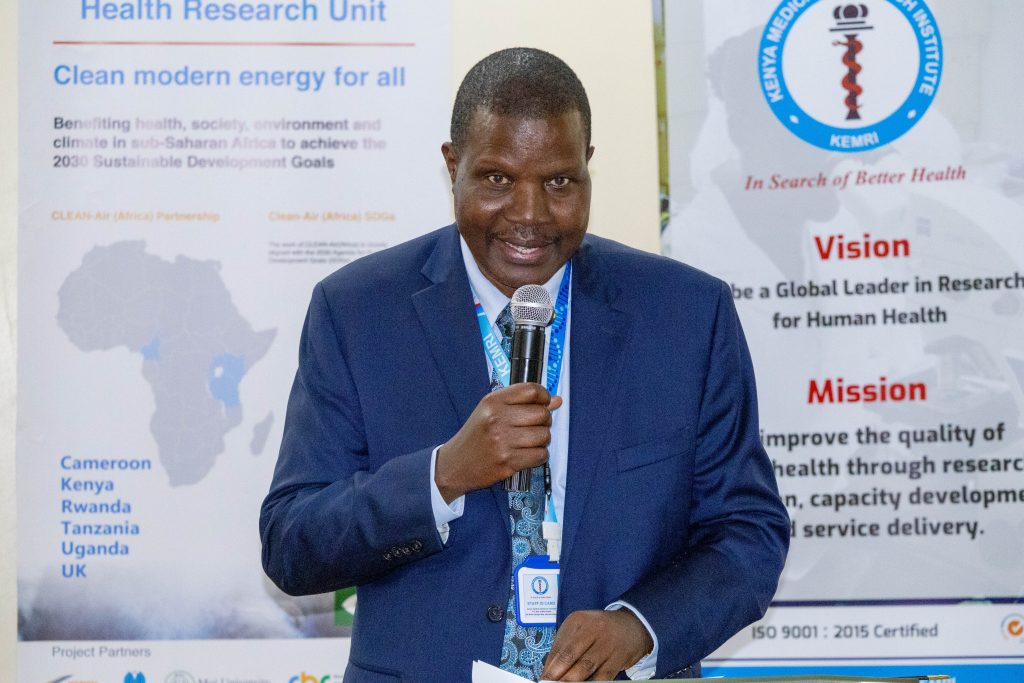
This approach tackles a growing problem in malaria control. Across Africa, mosquitoes are increasingly biting outdoors and earlier in the evening, making bed nets less effective. Many mosquitoes have also developed resistance to common insecticides.
“These results align with (World Health Organization) WHO’s criteria for new vector control tools,” said Dr Joseph Mwangangi of the KEMRI-Wellcome Trust. “They address residual transmission, something conventional tools are struggling with.”
The trial carried out in Pongwe-Kikoneni and Ramisi wards in Kwale County involved 28,932 participants across 84 clusters. Researchers gave more than 56,000 treatments of ivermectin at 400 micrograms per kilogram, administered monthly for three months during the rainy season when malaria peaks.
Participants experienced only mild side effects such as stomach discomfort, skin itching
Children in communities that received ivermectin had fewer infections: 2.20 per child per year compared to 2.66 in control groups. The time to first infection was also longer 120 days versus 93 days for those receiving the control drug albendazole. These results exceeded WHO’s minimum 20 per cent effectiveness benchmark for new malaria control tools.
No major side effects were reported, affirming ivermectin’s strong safety profile. Since the late 1980s, over 4.6 billion doses have been distributed globally for diseases like river blindness and lymphatic filariasis.
Participants experienced only mild side effects such as stomach discomfort, skin itching, and dizziness, which resolved without medical intervention. Treatment adherence was high across the study population.
“We saw excellent safety outcomes,” confirmed Carlos Chaccour, BOHEMIA Co-Principal Investigator. “This supports the case for wider use in public health campaigns.”
However, ivermectin is not recommended for pregnant women, children under 15kg, or people with travel history to areas where Loa loa parasites are found, as serious reactions may occur.
The drug showed additional benefits: Fewer cases of scabies, head lice, bed bug infestations
Kenya remains one of Africa’s high-burden malaria countries. National malaria rates dropped from 11 per cent in 2010 to eight per cent in 2015, but progress has since stalled. The highest burden surrounds Lake Victoria, where rates reach 27 per cent.
Even in coastal Kwale County, malaria affects 37.9 per cent of children under five during the rainy season. Despite 85 per cent net ownership and 77 per cent usage, the disease persists what scientists call “residual transmission.”
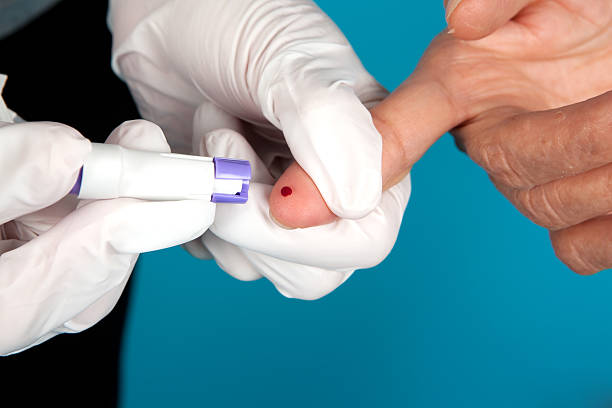
The drug showed additional benefits. In Mozambique, communities reported fewer cases of scabies and head lice.
In Kenya, residents saw reduced bed bug infestations. Researchers are investigating whether ivermectin also controls soil-transmitted worms.
This multiple-disease approach could stretch limited public health budgets in low-resource settings.
The WHO Vector Control Advisory Group has reviewed the BOHEMIA data and acknowledged the results. Kenya’s Ministry of Health and other African authorities are considering including ivermectin in malaria programs.
Scientists also developing longer-acting formulations to reduce dosing frequency
Future research will test the drug in different malaria environments and assess safety in pregnant women and infants, who were excluded from this study. Scientists are also developing longer-acting formulations to reduce dosing frequency and exploring combined human-livestock treatment strategies.
Kenya’s Malaria Strategy 2019–2023 allocated Ksh61.9 billion to control efforts aimed at reducing cases and deaths by 75 per cent from 2016 levels. With progress stalling and resources stretched, cost-effective tools like ivermectin offer new hope.
“This research has the potential to reshape malaria prevention,” said Prof. Regina Rabinovich, BOHEMIA Principal Investigator and Director of ISGlobal’s Malaria Elimination Initiative. “It’s a turning point.”
As global health systems work toward WHO’s 2030 targets including a 90 per cent reduction in malaria cases ivermectin could become a game-changer in Africa’s fight against the disease.
“The evidence is now clear ivermectin can play a role in reducing the malaria burden,” emphasized Prof. Songok. “This is our chance to rethink our strategies, refine our tools, and reinvigorate the fight against malaria.”
For families in Kwale and millions across endemic regions, the promise of fewer infections, fewer deaths, and healthier futures just came one step closer to reality.



